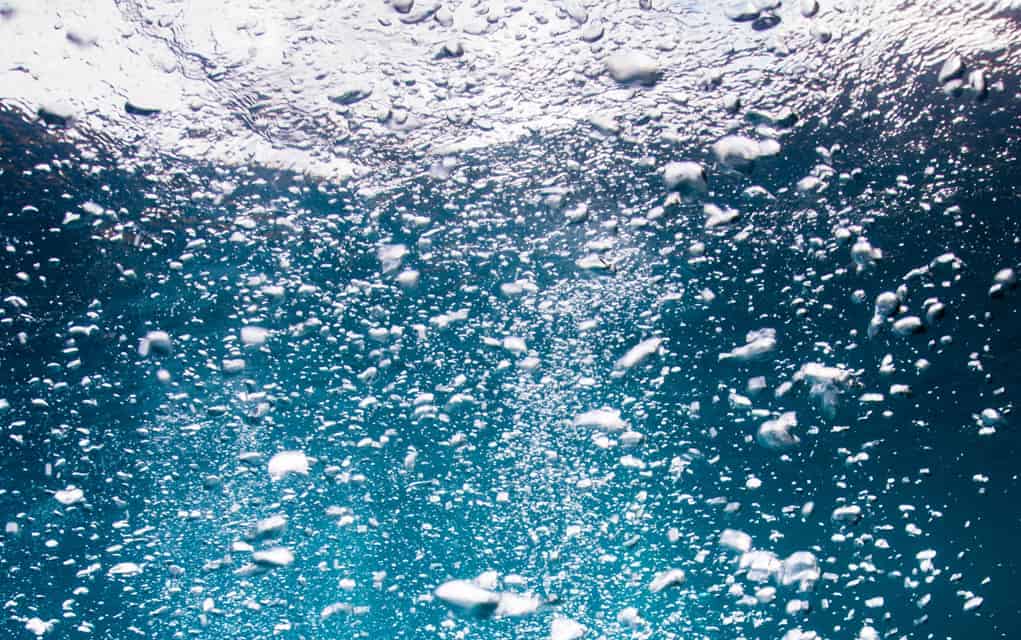It’s been nine years in the making, but Grand River watershed drinking water will finally be protected under a source water-protection plan come next year.
The Ontario Ministry of Environment and Climate Change approved the Grand River Source Protection Plan on Nov. 26 and it will go into effect on July 1, 2016.
Lisa Stocco, Grand River Conservation Authority communications manager, says it was a complicated process, thus requiring so many years to complete.
“Extensive research was taken to identify the sources of municipal drinking water from municipal wells, which meant discovering where the wells are drawing their water from and how quickly the water moves through the ground to the wells. For surface water intakes it meant identifying how quickly water moved down the river to the municipal intake. These studies helped us find the well head protection areas and intake protection zones,” she explained.
The Lake Erie Source Protection Committee made four plans, the Grand River plan being the most recent one to be approved. The plans were also developed for Catfish Creek, Kettle Creek and Long Point Region watersheds. All of the 22 source water protection plans for the province have now been approved.
“The province had identified a list of potential threats to ground water and surface water sources, which included things like various chemicals, organic materials like human sewage or animal waste, and then with this information municipalities and their consultants identified the locations of where activities that might have these types of chemicals or organic materials were taking place and the level of threat that they could pose to the wells and intakes,” Stocco said.
From there, policies were developed to reduce the risk posed by the threats in the wellhead protection areas and intake protection zones.
She says the Ontario Ministry of Environment and Climate Change set the plan to begin in July in order to give the municipalities and other agencies that are responsible for the implementation of the plan the necessary time to put it into action.
“That might include things like hiring or training staff or setting up internal processes for things that may need to change, for example things like approving permits.”
Putting together the source protection plans started when the provincial government approved the Clean Water Act in 2006, an important step after some 2,300 people got sick and seven died from tainted water in Walkerton, Ont.
“For the average person it’s the people that live within either the well head protection area or the intake protection zones that would be affected. They just need to become aware of how these new policies affect their land. If you’re a homeowner and you have a septic system you may be required to have your system inspected regularly to ensure it’s working properly. Or a farmer who perhaps uses or stores manure on their property will need to know how the policies affect what they do,” Stocco said.
You can look at the plan at www.sourcewater.ca.









